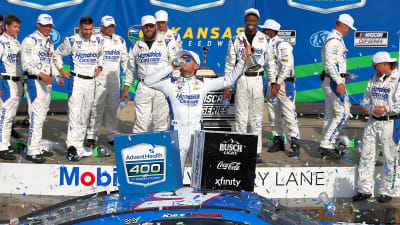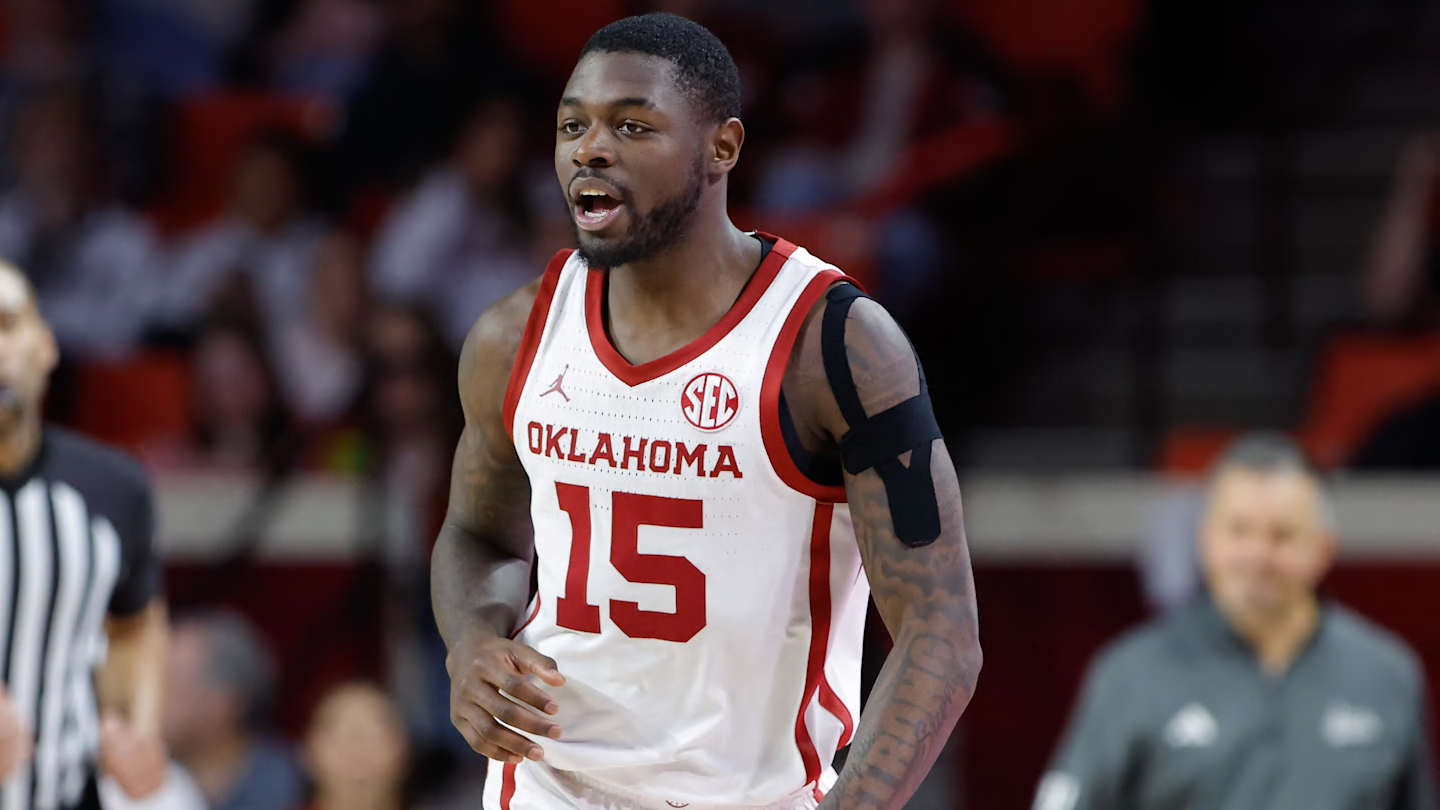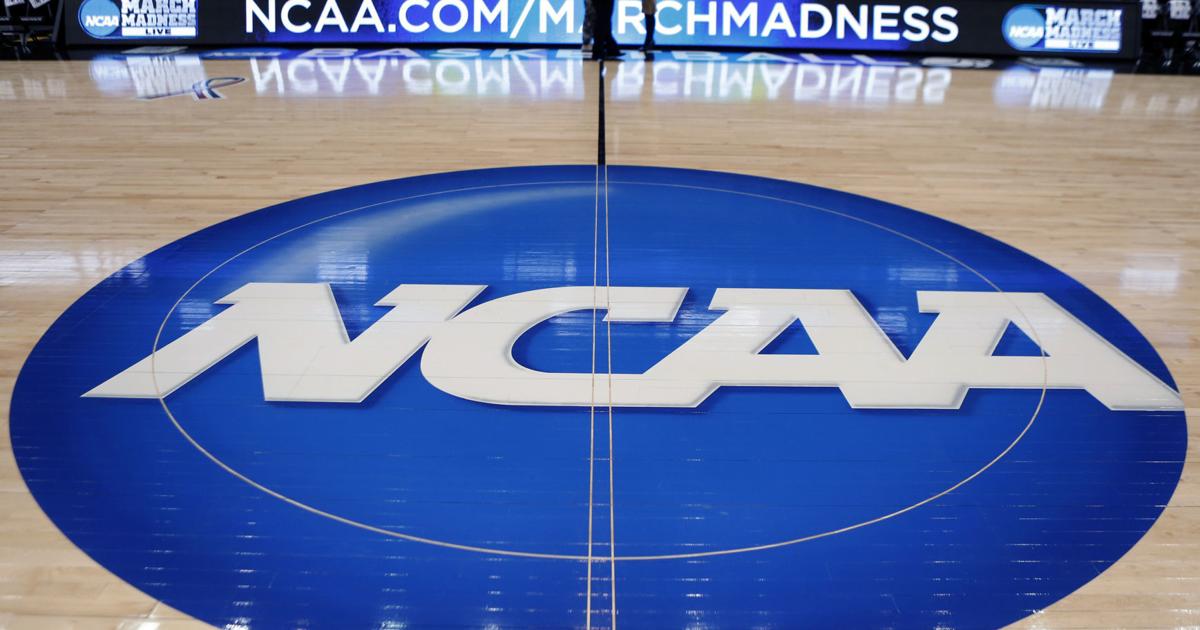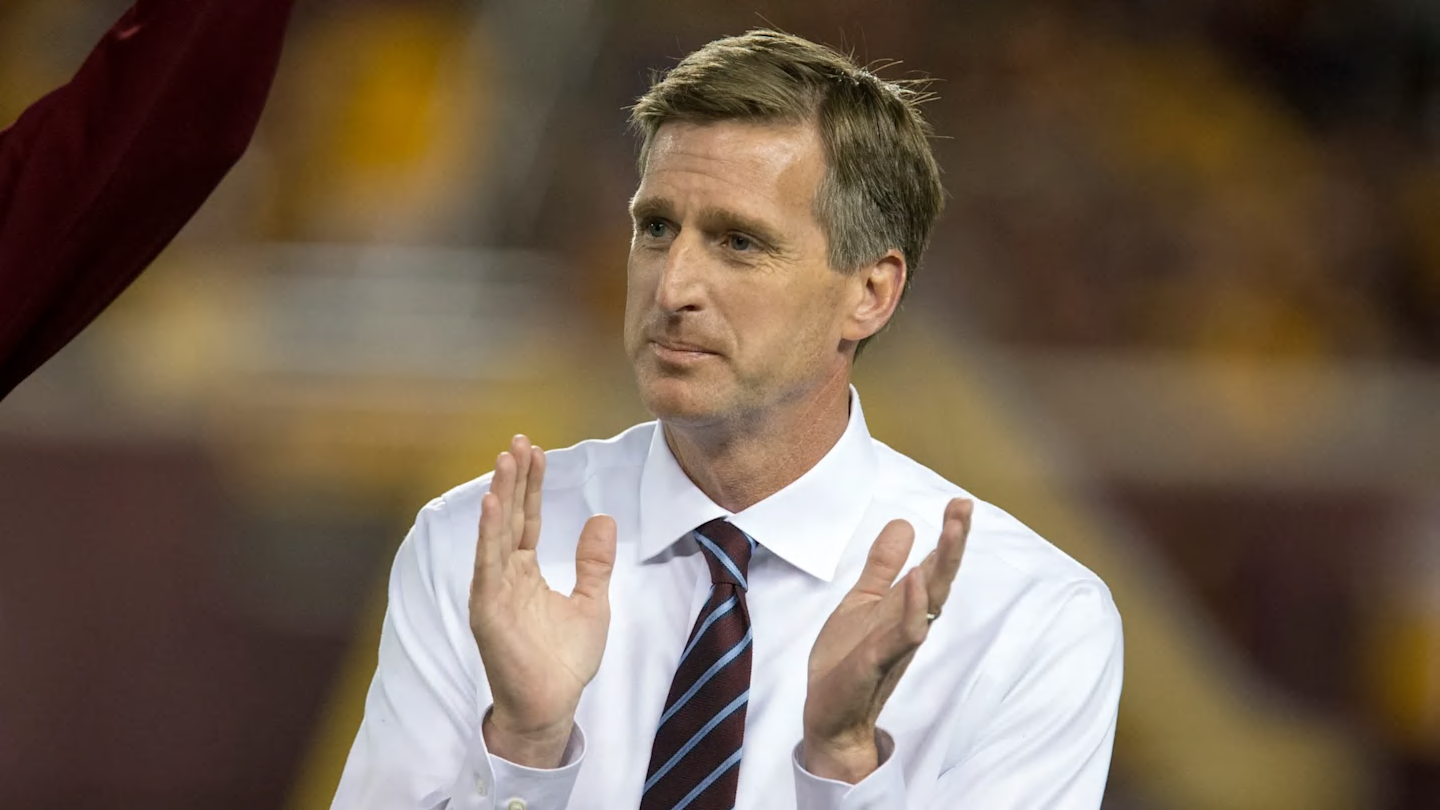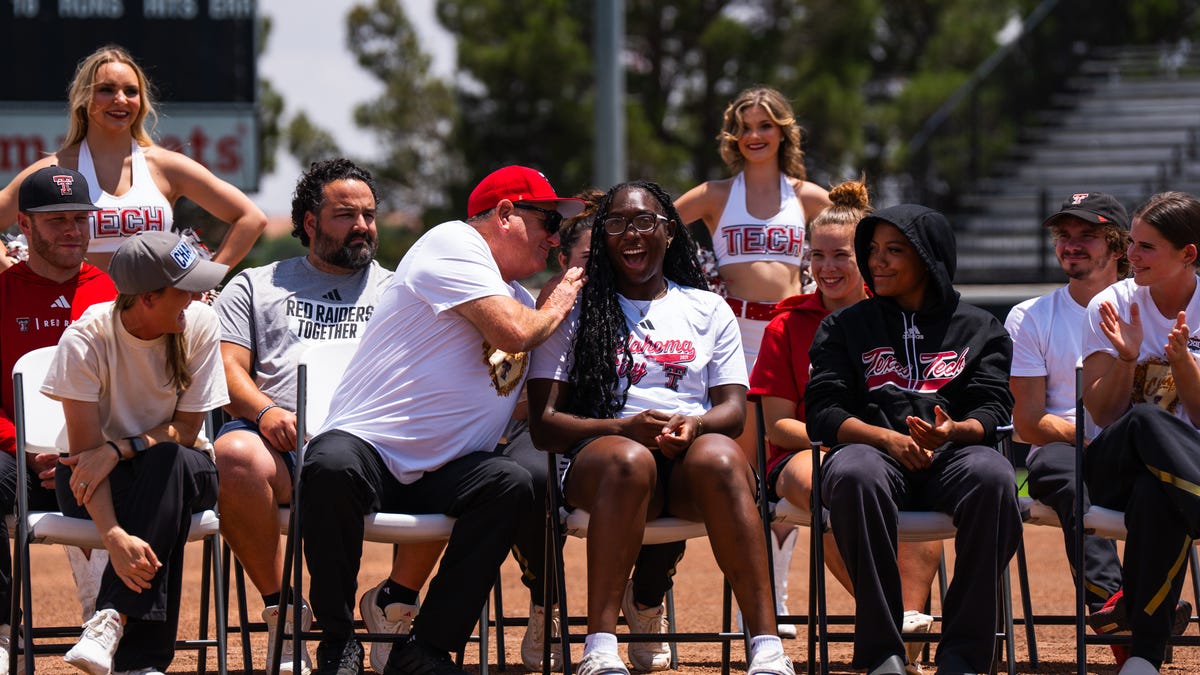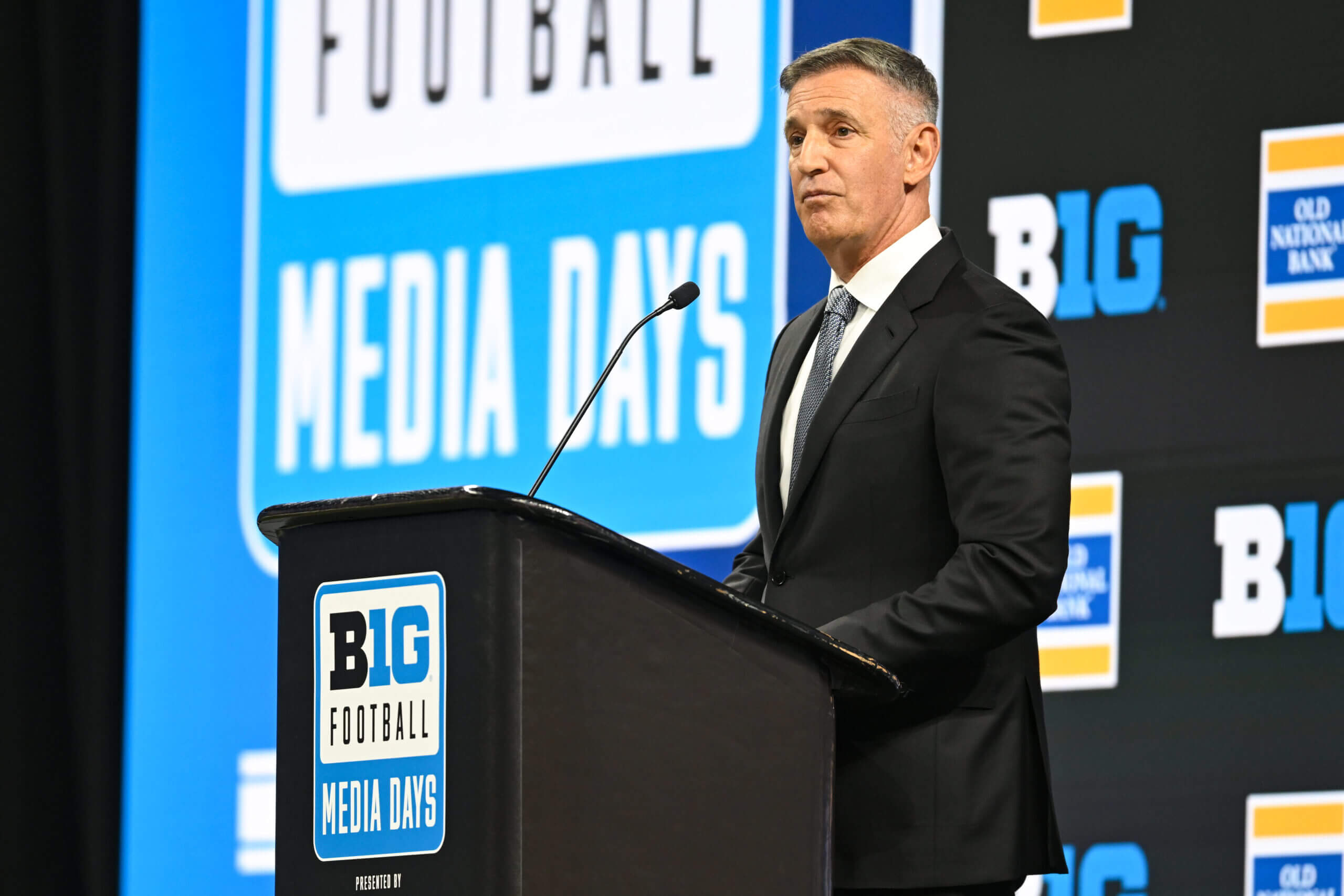The era of amateurism in college football has officially ended. With Judge Claudia Wilken approving the monumental House v. NCAA settlement, a new age in collegiate athletics begins — one where schools can now directly pay their student-athletes.
It’s the kind of structural upheaval that reshapes not just how players are recruited, but how the entire collegiate sports economy functions. And fans across the country are already raising alarms.
Starting July 1, schools will be allowed to distribute up to $20.5 million annually in direct payments to their student-athletes, with an estimated $13-16 million of that earmarked specifically for football.
While NIL (Name, Image, and Likeness) deals have been part of the landscape since 2021, this marks the first time schools themselves can act as financial benefactors to their players, a step beyond booster-backed third-party arrangements.
In addition to this base cap, players can still enter NIL agreements with third parties. However, any third-party NIL deal valued at $600 or more must now be cleared by a national watchdog — a new Clearinghouse meant to ensure that deals are “for a valid business purpose” and not merely hidden perks.
Despite these sweeping changes, college football fans continue to be divisive about every new NIL update.
For starters, some were so extreme in their reaction to this move that they quickly branded it as “the death of college football.” A few, meanwhile, recalled Nick Saban’s thoughts on NIL after the update. “Can’t blame Nick Saban for retiring… college football is not college football anymore,” wrote one fan.
On the other side of the coin were college football fans who were happy to see a proper regulatory body now overseeing the NIL. For them, this move brings much-needed structure while solving their ethical concerns to an extent.
“This has destroyed the game I loved. Why can’t we go back to the glory days of paying players illegally under the table, when the game was pure,” sarcastically noted a fan.
“I think this is great, there’s a base salary cap for everyone, and big-time NIL deals are vetted by a committee. This adds structure and regulations to the NIL side of college football that desperately needed it,” added another fan.
That said, these progressive changes are rooted in the House v. NCAA settlement, a multibillion-dollar agreement resolving years of antitrust litigation that accused the NCAA of illegally limiting athlete compensation. So now, nearly $2.8 billion in back payments will be distributed over the next decade to athletes who competed between 2016 and the present.
On paper, this sounds like overdue justice. But the execution is complex and the ripple effects seem massive, which is why the NCAA and its conferences are now racing to build the infrastructure necessary to support and oversee this system.
And central to that will be a new oversight body, the College Sports Commission, which has yet to name a CEO or finalize how it will enforce violations. So until then, concerns about corruption, competitive imbalance, and loss of identity may loom large.
Despite all the nuances, the bigger picture remains the same — college football is being remade in real time, and nobody knows how it will end. So naturally, for traditionalists and longtime fans, this doesn’t feel like evolution, but rather the end of something sacred.

